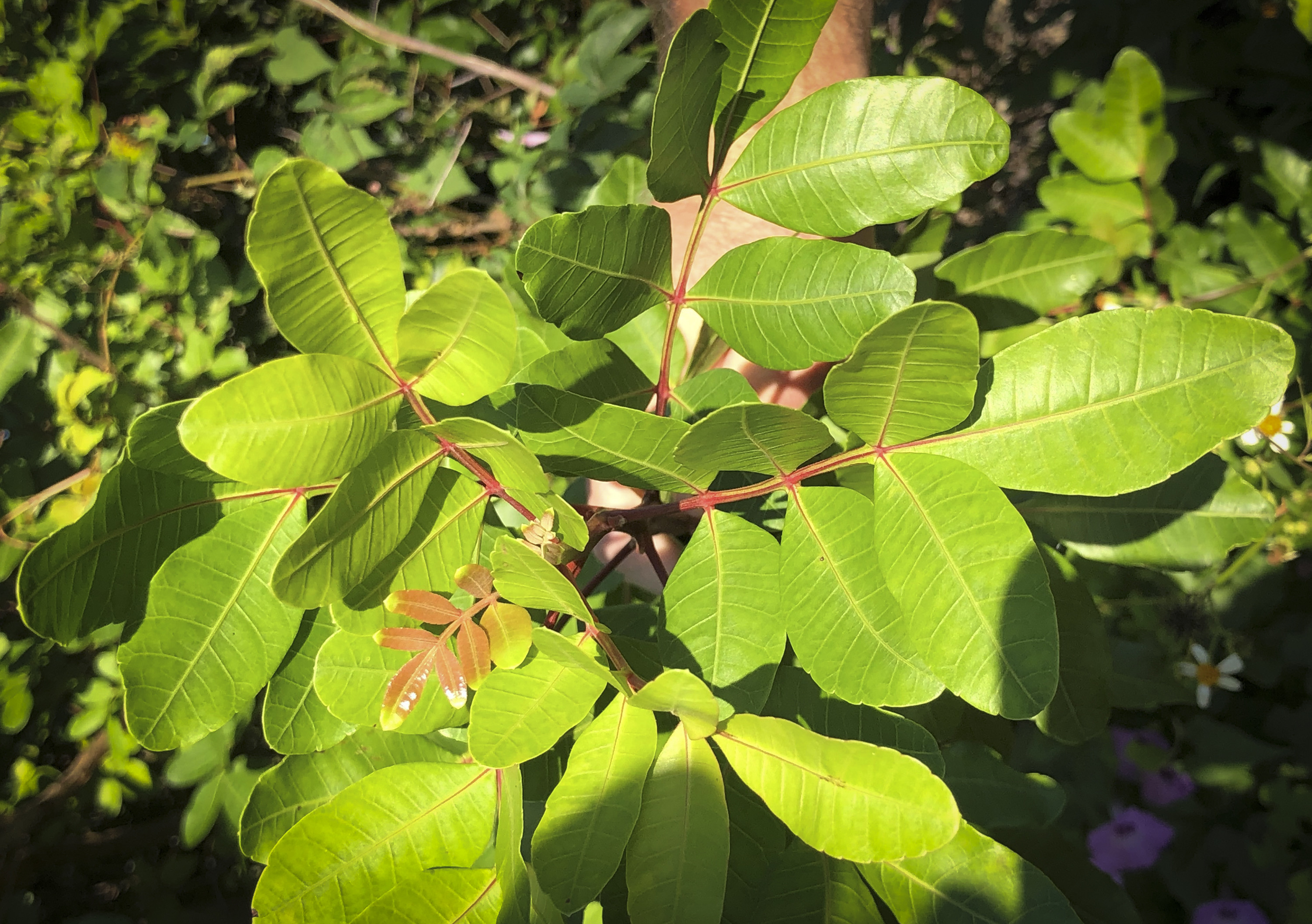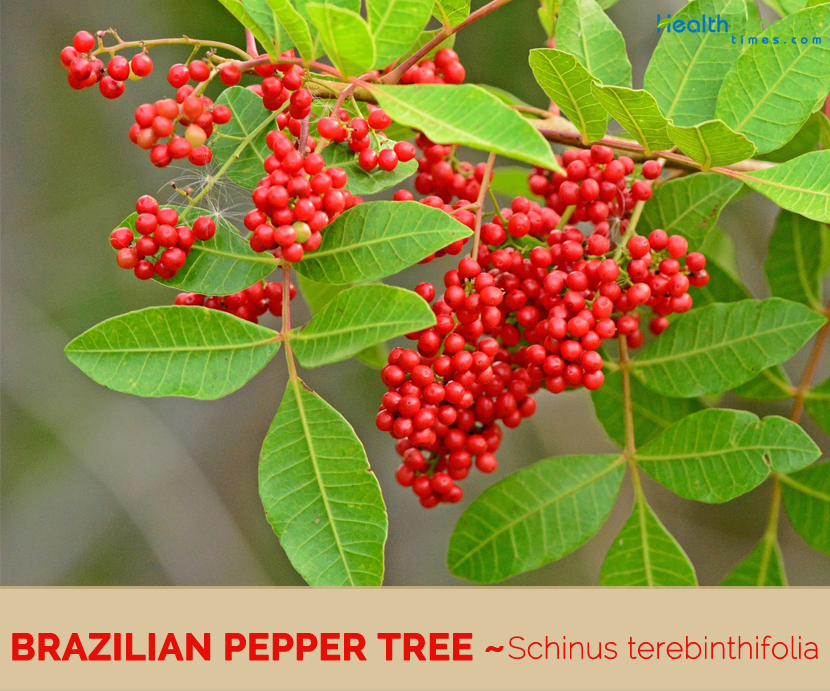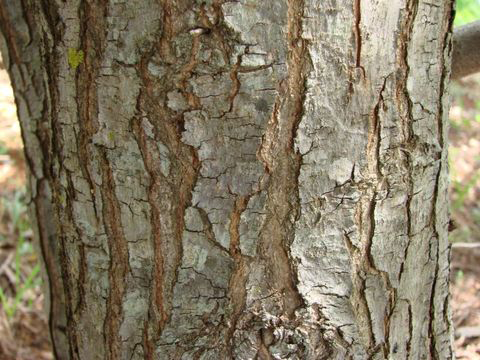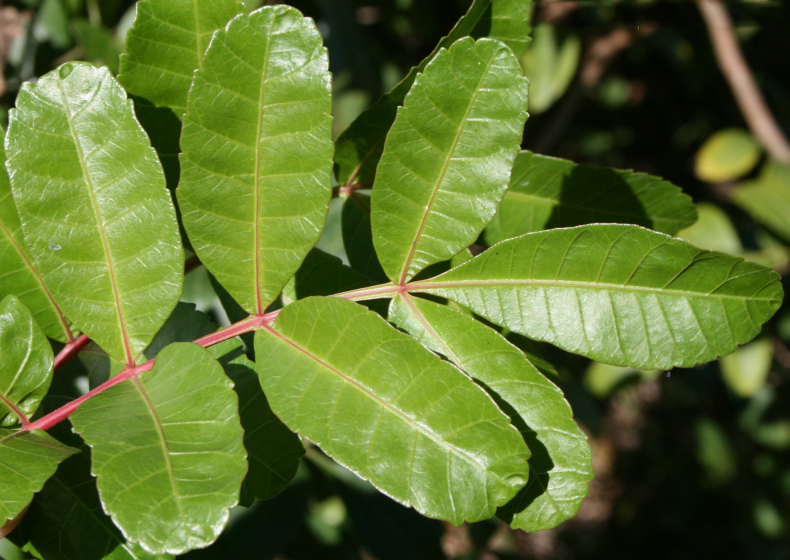brazilian pepper tree rash
The Brazilian pepper tree is one of the most hated plant species in the world and there are plenty of reasons why. Contact with most parts of Brazilian pepper can cause an itchy skin rash and sometimes inflammation and swelling of the face and eyes.

Brazilian Peppertree Invading Eglin Ecosystem Eglin Air Force Base Article Display
N this does lead to other reactions to bodyYou may do following to have relief-1Just wait watchIt is the time which is the best.

. The Brazilian pepper tree is a highly aggressive prolific and hardy shrub. Its bright red berries and brilliant green foliage are used frequently as Christmas decorations. The flowers and fruits can cause respiratory irritation.
Due to its highly competitive and invasive nature the. This subtropical plant species is a relative of poison ivy. Brazilian Pepper is in the same family of plants as Poison Ivy Poison Oak and Poison Sumac and thus can cause extreme skin irritation and cannoot be burned.
Brazilian pepper-tree success-fully colonizes native tree hammocks pine flatlands and mangrove forest communities. It sends up root suckers and new shoots when it is cut. This most hated plant can invade aquatic as well as terrestrial environments making it doubly dangerous.
It is closely related to the poison oak Toxicodendron diversilobum poison ivy Toxicodendron radicans and poison sumac. Physical contact with sap can cause severe skin irritation in the form of rash and itching. Brazilian pepper-tree is sensitive to cold temperatures so it is more abundant in southern Florida and protected areas of central and north Florida.
From my experience with other plants that are problematic for me and others Brazilian Pepper Tree in FL years ago Star Jasmine in San Francisco its more usually a matter of a red irritated itchy line where a cut end of a branch scratched you as you were pulling it out of the plant while pruning or while you were moving a pile of prunings. These reactions can occur in as little as 8 hours or as long as 10 days later. Airborne bloom emissions can cause sinus and nasal congestion chest pains sneezing headaches and eye irritation to.
Center for Environmental Research and Conservation. The species was brought into Florida in mid-1800 for use as an ornamental plant. Brazilian pepper-tree is native to Argentina Paraguay and Brazil.
Wear gloves long-sleeve shirts long pants and eye protection when cutting Brazilian pepper trees. Brazilian pepper tree also called Florida holly. Brazilian peppertree is a host for an invasive species of root weevil that damages Floridas citrus trees.
Up to 25 cash back Hello The rash from brazilian pepper does occur due to substance of the category known urshiolThe corticosteroids used for treatment for this rash in less then the doses of 2 are useless more temporary relief. Imported from South America in the 1840s Brazilian peppertree quickly spread into natural areas taking over native tree hammocks pine flatlands and mangrove forest communities. The rash commonly develops blisters.
While it is illegal to cultivate it in many areas such as Florida birds propagate it by spreading the seeds. Brazilian peppertrees invade disturbed sites such as highway rights-of- way and fallow fields. After contact the rash and itching usually occur within 1-2 days.
The Brazilian Pepper tree also known as the Florida Holly is an invasive species from South America that has spread throughout Florida and the Southeastern US. Itching usually begins first and can be severe. If you are allergic to poison oak or poison ivy then assume you are allergic to all of these plants andor plant parts.
Brazilian pepper red berries and leaves can cause vomiting and the sap can cause a rash in sensitive people. The sap and crushed berries possess a variety of sensitizing phenols. People sensitive to poison ivy oak or sumac may also be allergic to Brazilian peppertree because it also has the potential to cause dermatitis to those with sensitive skin.
6 rows Brazilian pepper tree has been used as a remedy for ulcers respiratory problems wounds. Fact 2 - The rash comes from direct contact with urushiol. Where to Find Them.
Despite this mischievous aspect of the plant immunologists have discovered it has incredible antibiotic. This species is an aggressive woody weed. Brazilian pepper is a noxious weedy shrub from South America.
The Brazilian pepper tree Schinus terebinthifolius or Florida holly may be the most common cause of allergic contact dermatitis in southern Florida. A native of South America specifically Paraguay Argentina and Brazil the Brazilian pepper tree was mistakenly brought to Florida in the 1840s as an ornamental plant. 21 September 2017.
Brazilian pepper shrubs are an invasive evergreen from South America. Like poison ivy Brazilian pepper is a member of the Anacardiaceae family. The Brazillian pepper-tree is an aggressive non-native.
Brazilian pepper-tree is native to Argentina Paraguay and Brazil. The family Anacardiaceae contains poison ivy poison oak poison sumac and Schinus terebinthifolia or Brazilian peppertree. You may notice a rash develop in as little as eight to 48 hours.
Touching the Brazilian pepper often results in skin irritation and blistering itchy rashes. In addition it may cause a rash in some sensitive people. Native to central South America the Brazilian pepper tree was originally introduced to Florida as an ornamental plant in the mid-1800s for its attractive foliage and clusters of small.
Exposure to the inner bark of freshly cut Brazilian pepper trees can result in a skin rash. Eating the seeds can result in death for humans and dogs. The rash begins when you touch ingest or breathe the urushiol allergen.
Once called Florida holly for its bright red berries Brazilian pepper branches were often used as Christmas decorations in Florida. The species was brought into Florida in mid-1800 for use as an ornamental plant. The fluid from these blisters cannot spread the rash.
Like most other members of the Anacardiaceae Brazilian pepper contains active alkenyl phenols eg urushiol cardol which can cause contact dermatitis and inflammation in sensitive individuals. Many Floridians hate it because it is a common source of contact dermatitis similar in nature to poison ivy. Brazilian pepper-tree is a shrub or small tree that reaches over 30 feet in height typically with a short trunk hidden in a thicket of branches.
15 16 Contact with the sap from a cut or bruised tree can result in rash lesions oozing sores severe itching welts and reddening and swelling especially of the eyes. Afterwards the red raised rash is noticed. The rash only derives from direct contact.
Brazilian Pepper Tree On Most Hated Plants List

Tasting Hawai I With Moloka I Chef James Temple Is The Hawaiian Christmas Berry Toxic

Best Herbicide Products For Getting Rid Of Brazilian Pepper Tree Solutions Pest Lawn

Avoid The Brazilian Pepper Tree Schinus Terebinthifolius An Invasive Species Gardening Channel

Brazilian Pepper Tree Facts And Health Benefits

Brazilian Pepper Tree Facts And Health Benefits

Superbugs Meet Your Worst Nightmare This Pepper Tree

Cow Itch Dealing With The Fallout From Poisonous Plants

Pinellas County Extension Timely Topics Toxic Plants

Aci Land Aquatic Management Brazilian Pepper Tree Removal

Brazilian Pepper Tree Mlalazi Estuarine Floodplain Inaturalist

Brazilian Peppertree Schinus Terebinthifolia มะต มแขก Madtuum Khaaek Thaifoodmaster

Brazilian Pepper Tree Mlalazi Estuarine Floodplain Inaturalist

Brazilian Pepper Tree Mlalazi Estuarine Floodplain Inaturalist
5 Natural Remedies For Poison Ivy Rashes Allegheny Kiski

Brazilian Pepper Tree Mlalazi Estuarine Floodplain Inaturalist

